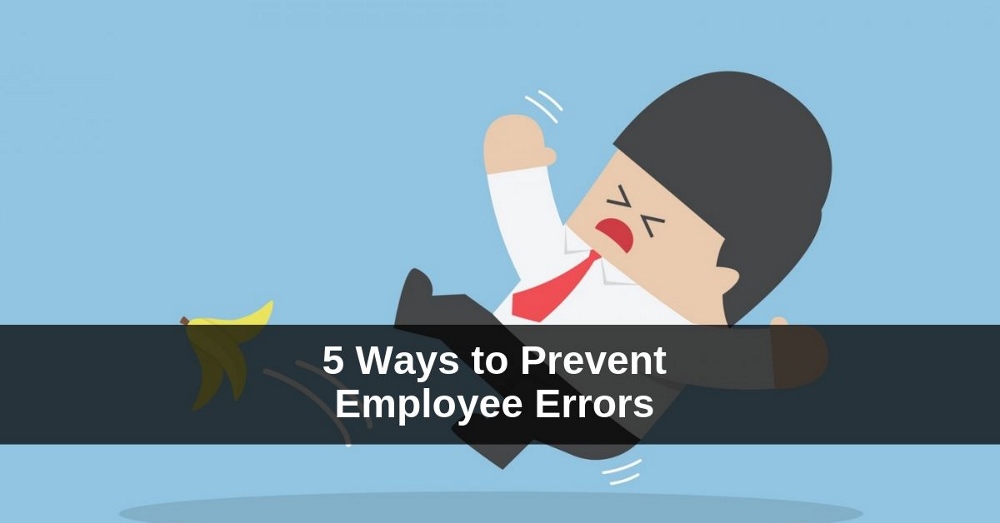Promoting growth in your retail business involves moving forward with workers in a unified manner. Unfortunately, this can be difficult to achieve if your store is always plagued with employee errors. Miscalculating daily sales, applying wrong promotional codes and providing customers with incorrect information are examples of issues that can create bottlenecks in your business.
Below covers how to minimize errors in the workplace and actionable tips for monitoring employee error.
1. Identify the cause of the error
The first step in reducing employee mistakes is identifying the core or root cause. Toyota, a leading Japanese car manufacturing brand with decades of experience in troubleshooting, developed a practical method for getting to the source of problems inside the business. By asking “Why?” five times, business owners and employees can actively penetrate the surface of the issue and uncover the main cause of the concern.
2. Make your employees part of the solution
Solving the error quietly on your own is only a short-term solution to the problem in your retail store. This is especially true for errors that occur persistently. In order to make fewer mistakes at work and address underlying issues associated with the problem, you must involve your employees when seeking and executing the solution. This also helps reinforce resolution processes that are not frequently implemented.
3. Use a POS system to streamline detection
Catching the problem before it turns into a full-blown, store-wide dilemma is an effective way to stay ahead of employee errors. Instead of standing over your employees while they’re working, try installing a point-of-sale (POS) system. According to Romeo Richards, a consultant for Richards International Group, embracing new technology, like a cloud POS, can reduce retail shrinkage by up to 50 percent.
4. Create an “error-free” process
Standardized processes and workflows are essential in retail environments. They can serve as reliable references for employees when they aren’t quite sure how to move forward with an issue. For example, a cashier who isn’t sure about the refunding process can refer to a step-by-step guide on how to complete the action. Establishing “error-free” workflows can also boost productivity and accountability by encouraging workers to solve problems on their own without help from busy employees.
5. Run tests and training programs
Retail training programs are designed to strengthen an employee’s troubleshooting capabilities. In most cases, errors committed inside the store involve complex processes that are uncommon. In a live retail environment, there is no way to practice handling such issues. Periodic, hands-on training that mimics problems inside the store is a technique that can help workers apply problem-solving skills in real-time.
How eHopper Can Help
Avoiding employee errors in retail is a problem that many companies are currently facing.
Install the eHopper POS system in your store and find errors in your business before it becomes a major issue.
The company’s customizable POS is designed to monitor cash flow, inventory, customer feedback, sales, receipts and employee management .
